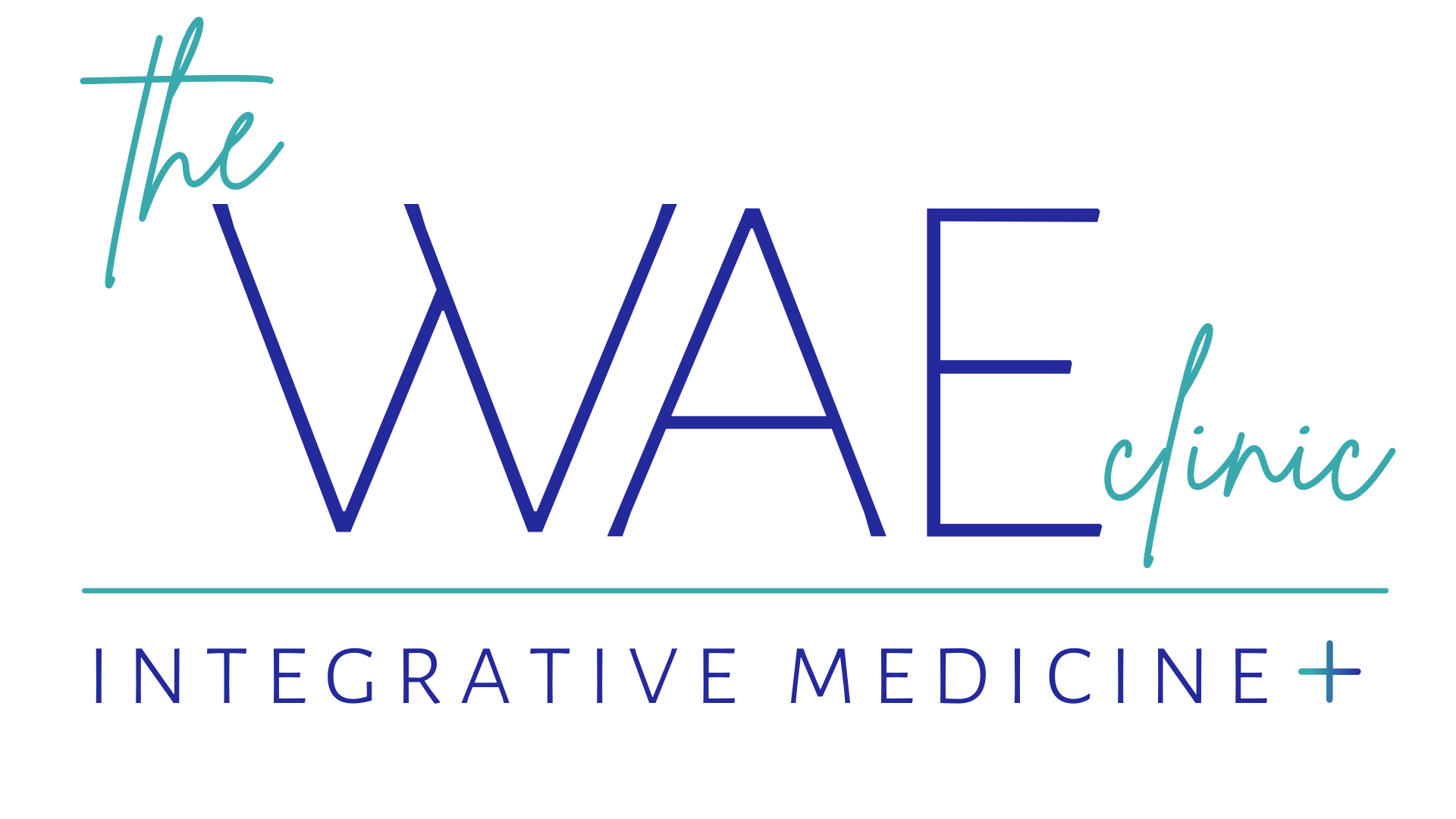Magnesium and Vitamin D Are Synergistic
Magnesium and Vitamin D work synergistically in the body. Magnesium is a cofactor for synthesis, distribution, and stimulation of vitamin D. Studies show that the activities of 3 major enzymes regulating 25(OH)D concentrations are magnesium dependant. These include 25-hydroxylase, 1a-hydroxylase, and 24-hydroxylase and vitamin D binding protein (VDBP). Deficiency of magnesium results in a decrease of 1,25- dihydroxyvitamin D[1,25(OH)2D] (Rosanoff, Dai, & Shapses, 2016). Vitamin D,1,25(OH)2, the active metabolite of vitamin D, enhanced intestinal absorption of magnesium. The 1,25(OH)2 D-dependent calcium-binding proteins, Calbindin-D 9 K and Calbindin-D 28 K, are located in the kidney's distal tubule where a large portion of calcium and magnesium is reabsorbed. Calbindin-D 9 K has a significantly higher affinity for magnesium, suggesting these binding proteins are essential in regulating magnesium homeostasis (Farhanghi, Mahboob, & Ostadrahimi, 2009). I find that many of my patients exposed to adequate sunlight are still deficient in vitamin D. Magnesium deficiency may be the cause of this issue.
Farhanghi, M. A., Mahboob, S., & Ostadrahimi, A. (2009). Obesity induced Magnesium deficiency can be treated by vitamin D supplementation. Journal of the Pakistan Medical Association, 59(4), 258–261.
Rosanoff, A., Dai, Q., & Shapses, S. A. (2016). Essential nutrient interactions: Does low or suboptimal magnesium status interact with vitamin D and/or calcium status? Advances in Nutrition, 7(1), 25–43. https://doi.org/10.3945/an.115.008631
Unfavorable Interactions Between Copper and Zinc
Elevated copper/zinc ratios are linked to increased oxidative stress. Copper (Cu) and zinc (Zn) serum concentrations are tightly controlled by compensatory mechanisms that balance them within specific nutritional intake ranges. However, in the presence of inflammation, systemic signals promoting cell proliferation and growth increase plasma Zn levels, while other stimuli that promote maintenance and repair induce a reduction in plasma Zn and a rise in Cu levels as part of a complex process that enhances intracellular and extracellular anti-oxidant defense (Malavolta et al., 2015). A drop in Cu levels is a definite concern, given that a lot of our population has begun to take zinc as prevention for COVID-19. A copper/zinc ratio may need to become part of our standard lab profiles in the near future.
Malavolta, M., Piacenza, F., Basso, A., Giacconi, R., Costarelli, L., & Mocchegiani, E. (2015). Serum copper to zinc ratio: Relationship with aging and health status. Mechanisms of Ageing and Development, 151, 93–100. https://doi.org/10.1016/j.mad.2015.01.004
Approach to helping a young female patient with a family history of osteoporosis.
Suggested Foods:
- An antiinflammatory diet that includes an abundance of fruits and vegetables, healthy fats, whole grains, legumes, and antiinflammatory herbs, teas, and spices (Rakel, 2018). A Mediterranean diet is associated with higher bone mineral density (Rivas et al., 2013).
- Bone turnover is greatly reduced by diets rich in bicarbonate (abundant fruits and vegetables) and potassium (Lanham-New, 2008).
- Regular olive oil consumption increases bone mineral density and improves bone turnover markers (Chin & Ima-Nirwana, 2016).
- Green leafy vegetables are superfoods in relation to bone health as they contain vitamin K, magnesium, vitamin C, and calcium (Rakel, 2018)
- Include garlic, rosemary, Italian parsley, sage, thyme, parsley, dill, onion, arugula, prune, fennel, orange, leek, yellow boletus, wild garlic, field agaric, red cabbage, celeriac, red wine, and lettuce as these reduce bone turnover (Rakel, 2018).
- Adequate calcium intake from diet +/− supplements (Rakel, 2018).
- Potassium intake of at least 3400-3600 mg to enhance renal absorption of calcium (Gropper, Smith, & Carr, 2018).
- Intake of vitamin K1 and K2 equaling at least 90 mcg (Rakel, 2018) to aid in the formation of Gla proteins resulting in bone strength and mineralization (Gropper, Smith, & Carr, 2018).
- Adequate intake of vitamin C to aid in collagen formation (Gropper, Smith, & Carr, 2018).
- A balanced ratio of omega-6 to omega-3 fatty acids (Rakel, 2018).
- Adequate but not excessive protein (0.8 g/kg), including some vegetarian protein sources (Rakel, 2018).
- One to two servings per day of whole soy foods (Rakel, 2018).
- A good-quality multivitamin and mineral supplement (Rakel, 2018).
- A serum 25-OH vitamin D concentration in the range of 40 ng/mL (Rakel, 2018).
- Limit sodium, high dose vitamin a, caffeine, and alcohol (Rakel, 2018). Caffeine decreases renal reabsorption of calcium (Gropper, Smith, & Carr, 2018).
Chin, K. Y., & Ima-Nirwana, S. (2016). Olives and bone: A green osteoporosis prevention option. International Journal of Environmental Research and Public Health, 13(8), 1–11. https://doi.org/10.3390/ijerph13080755
Gropper, S. S., Smith, J. L., & Carr, T. P. (2018). Advanced Nutrition and Human Metabolism (7th ed.). Cengage Learning. https://doi.org/10.1111/j.1753-4887.1997.tb01621.x
Lanham-New, S. A. (2008). The balance of bone health: Tipping the scales in favor of potassium-rich, bicarbonate-rich foods. Journal of Nutrition, 138(1). https://doi.org/10.1093/jn/138.1.172s
Rakel, D. (2018). Integrative Medicine (Fourth). Elsevier.
Rivas, A., Romero, A., Mariscal-Arcas, M., Monteagudo, C., Feriche, B., Lorenzo, M. L., & Olea, F. (2013). Mediterranean diet and bone mineral density in two age groups of women. International Journal of Food Sciences and Nutrition, 64(2), 155–161. https://doi.org/10.3109/09637486.2012.718743
*These statements are not meant to diagnose or treat. You should consult your health care provider before starting any new diet, exercise, or supplement.

